The Pilates Goddess Blog

Breathing In Pilates
Breathing in Pilates and everywhere else is crucial on many levels. Proper breathing helps everything!
Breathing comes up a lot in the Pilates studio. In fact, one of the first exercises we teach new clients is the Hundred, which involves a whole lot of breathing in flexion.
A while ago I taught a workshop on Teaching Clients with Hernia and Diastasis Recti to a group of wonderfully talented and bright Pilates teachers (thank you Enja, Juan, Andy, Charlotte, Margaret, and Tricia!). When you are dealing with overstretched or torn abdominal muscles, the interplay of breathing, thorax pressure, and intra-abdominal pressure (IAP) becomes very important.
Here is the science behind how we approach breathing in Pilates, and why we inhale to start many Pilates exercises.
Basic Breathing Mechanics
Breathing is necessary to bring fresh oxygen into our bloodstreams via the lungs. Our lungs are very lightweight, flexible, and porous, like a sponge. My dog loves to eat dried beef lung as a treat, and it is spongy in texture.
Air moves from high pressure to low pressure. The thorax is set up as a pressurized container. The lungs sit inside the ribs, which are jointed to move and have flexible intercostal muscles in between that allow for expansion and contraction. At the bottom of the thorax is the diaphragm muscle, which also helps regulate the pressure of the thorax by allowing for expansion of volume.
When you inhale, the diaphragm and intercostals contract and expand the thorax. This expansion of volume lowers the pressure in the chest cavity below the outside air pressure, allowing air to flow in through the airways (from high pressure to low pressure) and inflates the lungs.
When you exhale, the diaphragm and intercostals relax, the thorax gets smaller, and the decrease in volume of the cavity increases the pressure in the chest cavity above the outside air pressure. Air from the lungs (high pressure) then flows out of the airways to the outside air (low pressure).
Does Breathing Affect Abdominal Pressure?
Now, below the diaphragm is your abdominal cavity, which houses a majority of our crucial internal organs. The sides of the abdominal container are made up of several layers of abdominal muscles, starting at the deepest layer with the transverse abdominus that wraps from your lumbar spine all the way to the front, continuing with the internal and external obliques that wrap around, and finishing with the six-pack, the rectus abdominus that attaches your breastbone to your pubic bones. All of these muscles meet at the linea alba, the line down the center of your abdomen. The bottom of this abdominal container is the pelvic floor, made up of several muscles that work, in part, to hold up our internal organs, control our sphincters, and keep us continent.
In a basic view of breathing, it would seem obvious that inhaling, while lowering thorax pressure, would increase intra-abdominal pressure as the diaphragm drops down. This would totally be the case if we weren't able to use our muscles, expanding our abdominal cavities and lowering our pelvic floors at the same time. It turns out that in normal, resting, supine breathing there is actually very little increase in IAP with inhalation. In fact, the increase in IAP comes during maximum voluntary breathing (like breathing in exercise, or any conscious breath work) at the moment that we start to exhale. Makes sense, right? That is the point where we need to use pressure to push out the air.
Maximum voluntary breathing was associated with marked changes in intra-gastric pressure which rose abruptly at the beginning of expiration and fell abruptly at the beginning of inspiration.
[Campbell, E. J. M., Green, J. H., (1953), The variations in intra-abdominal pressure and the activity of the abdominal muscles during breathing; a study in man. The Journal of Physiology, 122 doi: 10.1113/jphysiol.1953.sp004999.]
What About those Hundreds?
Position also has an effect on IAP. Flexion increases IAP by impeding the ability of the abdominal wall to lengthen, overhead pressing increases IAP, moving limbs increases IAP, and lifting heavy objects increases IAP.
Looking at flexion, much of the basic and beginner healthy-body Pilates exercises involve flexion (hundred, half roll or roll up, rolling like a ball, spine stretch, etc.) and pulling navel to spine. So we place a healthy body into a position of increased IAP and then ask that body to navigate breathing and moving of limbs. In a healthy body this is useful work.
In a body that has weakness in the abdominal wall, asking for deep respiration while in flexion and moving limbs is almost impossible and frustrating for the clients, since they cannot properly expand and contract the area to build up pressure for the exhale - that is when you see the doming or popping up of the internal organs.
What exercises are safe and useful? Exercises that focus on deep breathing and stability.
Breathing in Pilates
Many exercises in Pilates start with an inhale or use an inhale to prepare - we inhale to press out for footwork or down for pumping, we inhale out on short box, inhale to start our backstroke, stomach massage, our neck pull....
This should make more sense now, since the moment of the most intense work and pressure in the abdominal cavity is at the beginning of the exhale. Joe Pilates has us inhaling until we are the point where we need maximum effort to get back, and that is where we utilize that pressure of the exhale! Brilliant!





